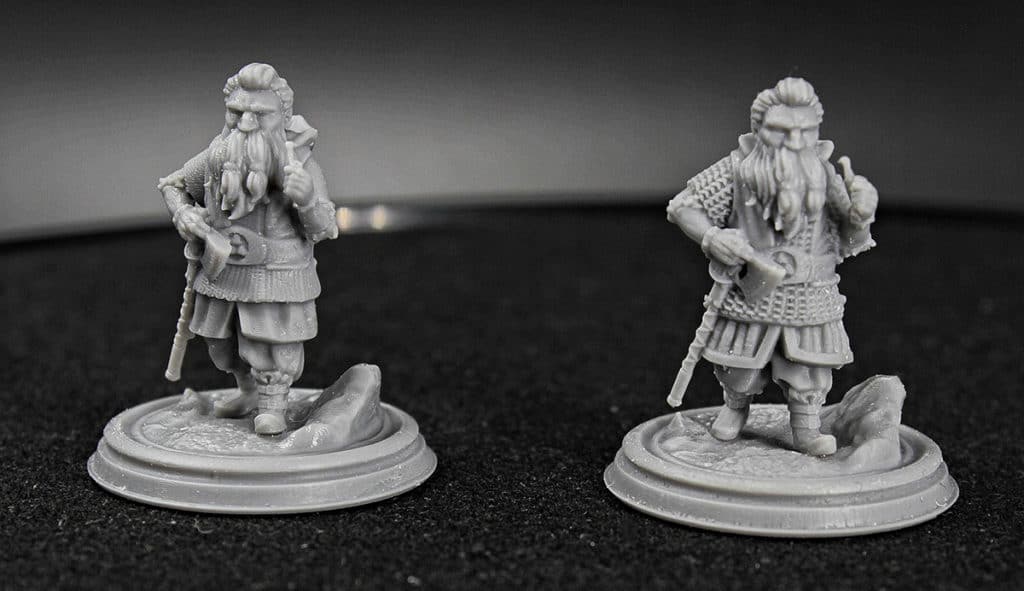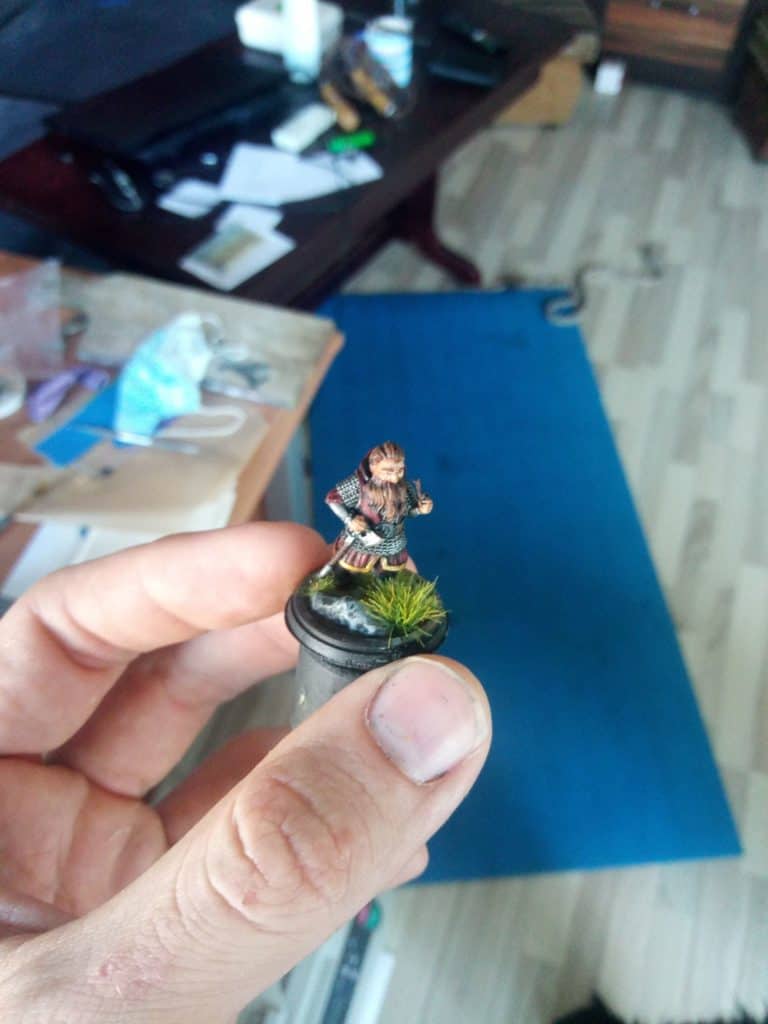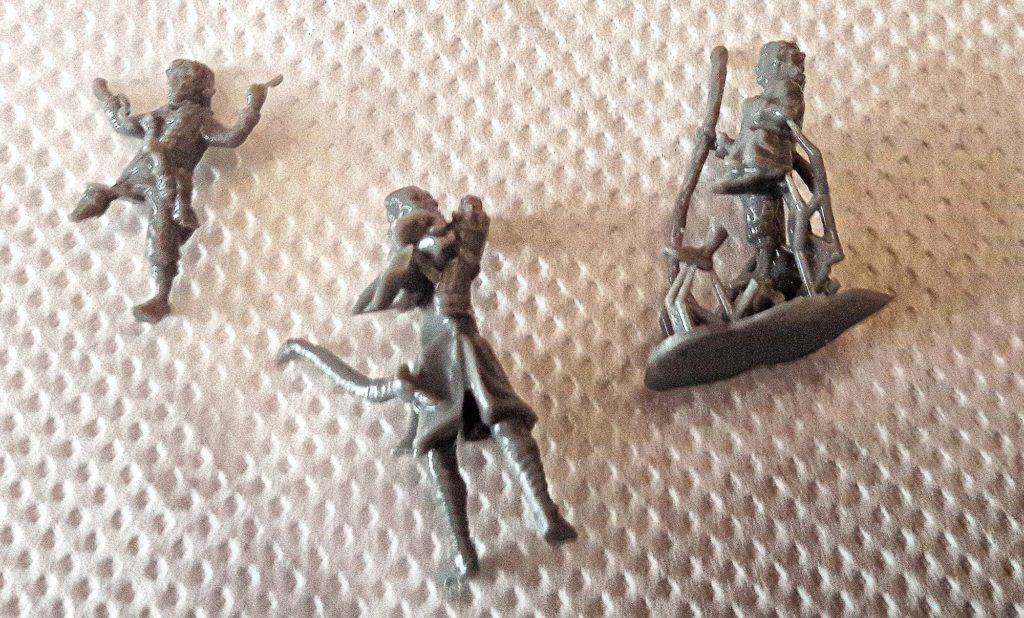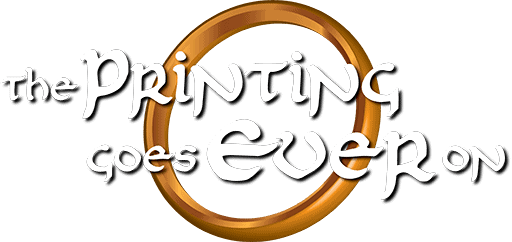Welcome Trove progress
For starters, designing models for 3d printing is an iterative process. Everything looks crisp and bulky on the computer screen, but after a test print, all goes south. The cloth folds are not there, and the sword is paper thin and breaks from a stronger gust of wind.
The more 3d sculpts you make and the more experience you gather, chances are you will have less fails. That does not mean you don’t need to print and test, as some elements just need physical interaction to check their endurance.

The example above shows how important it was to quickly print out our 3d dwarf. A quick change, and now the chainmail is ready for some good, old drybrushing!

The models themselves are not the only iterative piece, as Heydash Workshop perfectly knows. Like all revolutionaries, Marcin, the mastermind behind Heydash Workshop, pushes the limits of supporting 3d printable miniatures. However, such brave explorations sometimes take their toll, and a model ends up without an arm or a leg!

For general info about The Printing Goes Ever On, proceed here.
If you are looking for more frequent updates, we are active on social media and 3d printing platforms:


